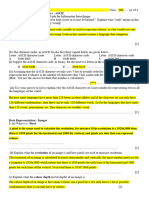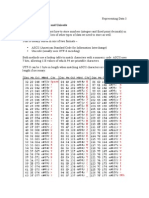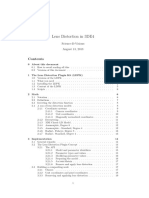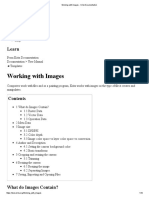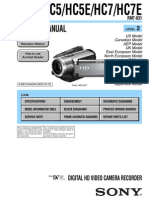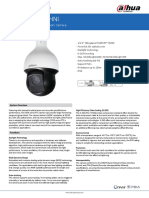Here’s a more detailed yet easy-to-understand summary of your document:
Character Sets
What is a Character Set?
A character set is a collection of characters (letters, numbers, symbols) that a
computer can understand and represent using binary (0s and 1s). Every
character has a unique binary code.
Types of Character Sets
1. ASCII (American Standard Code for Information Interchange)
o Uses 7 bits (can represent 128 characters).
o Includes English letters (A-Z, a-z), digits (0-9), and some symbols (!,
@, #, etc.).
o Cannot store characters from other languages like Chinese or
Arabic.
2. Extended ASCII
o Uses 8 bits (can represent 256 characters).
o Adds more symbols like mathematical operators (±, ÷) and special
characters (©, €).
o Still limited in representing all world languages.
3. UNICODE
o Uses 16 bits or more (can represent 65,536 characters or
more).
o Covers almost every language, including Chinese, Arabic, and
emojis.
o Uses more storage than ASCII but is more versatile.
Comparison: ASCII vs. UNICODE
Feature ASCII UNICODE
Bits Used 7 (or 8 for extended) 16 or more
128 (or 256 for
Characters 65,536+
extended)
Language Supports all major
Only English
Support languages
Storage Space Uses less space Uses more space
Representing Sound
�How is Sound Stored in a Computer?
1. Sound is analog (continuous waves) and must be converted into digital
form for a computer to understand it.
2. This conversion is done through sampling, where the sound wave is
measured at regular intervals and stored as binary data.
3. The process is called Analog-to-Digital Conversion (A2D).
Key Concepts in Sound Storage
1. Sample Rate (Measured in Hertz, Hz)
o The number of times per second a sound wave is measured.
o Example: A CD has a sample rate of 44.1 kHz (44,100 samples per
second).
o Higher sample rate = better quality but larger file size.
2. Sample Resolution (Bit Depth)
o The number of bits used per sample.
o Higher bit depth = more accurate sound representation.
o Example: A 16-bit sample can store 65,536 different sound levels,
while a 24-bit sample can store 16.7 million levels.
Effects of Sample Rate and Sample Resolution
Feature High Low
Better sound quality, larger Poorer sound quality, smaller
Sample Rate
file size file size
Sample More accurate sound, larger Less accurate sound, smaller
Resolution file file
Representing Images
How Do Computers Store Images?
1. Images are made up of tiny squares called pixels.
2. Each pixel has a binary code that represents its color.
3. The more pixels in an image, the better the quality, but also the
larger the file size.
Key Concepts in Image Representation
1. Resolution (Image Quality)
o The number of pixels in an image.
� o Example: An image with 1920 × 1080 pixels (Full HD) has
2,073,600 pixels.
o Higher resolution = more detail but larger file size.
2. Colour Depth (Bit Depth)
o The number of bits used to store the color of each pixel.
o More bits = more colors.
o Examples:
1-bit = 2 colors (black & white)
4-bit = 16 colors
8-bit = 256 colors
24-bit (True Color) = 16.7 million colors (used in high-
quality images)
Impact of Resolution and Colour Depth
Feature High Low
More detail, bigger file Less detail, smaller file
Resolution
size size
Colour More colors, bigger file Fewer colors, smaller file
Depth size size
Worked Examples
1. What is a Pixel?
o A pixel is the smallest unit of a digital image.
2. How many colors can a 2-bit image represent?
o 2² = 4 colors.
3. What happens if you increase an image’s resolution from 500×500
to 1000×1000?
o Higher quality (more detail)
o Larger file size (takes up more storage)
Final Thoughts
ASCII is limited to English; UNICODE supports all languages.
Higher sample rate and bit depth = better sound but bigger files.
Higher resolution and colour depth = better images but more
storage needed.
�Would you like an even simpler version or is this detailed enough? 😊



















